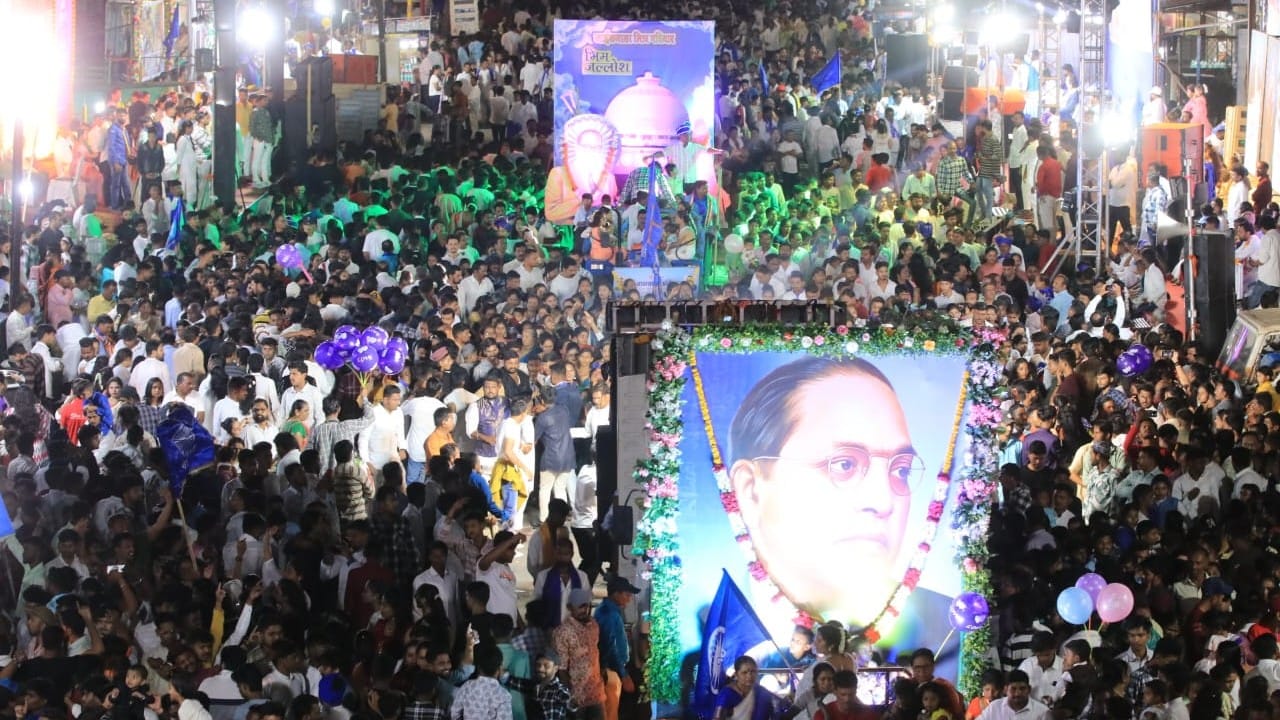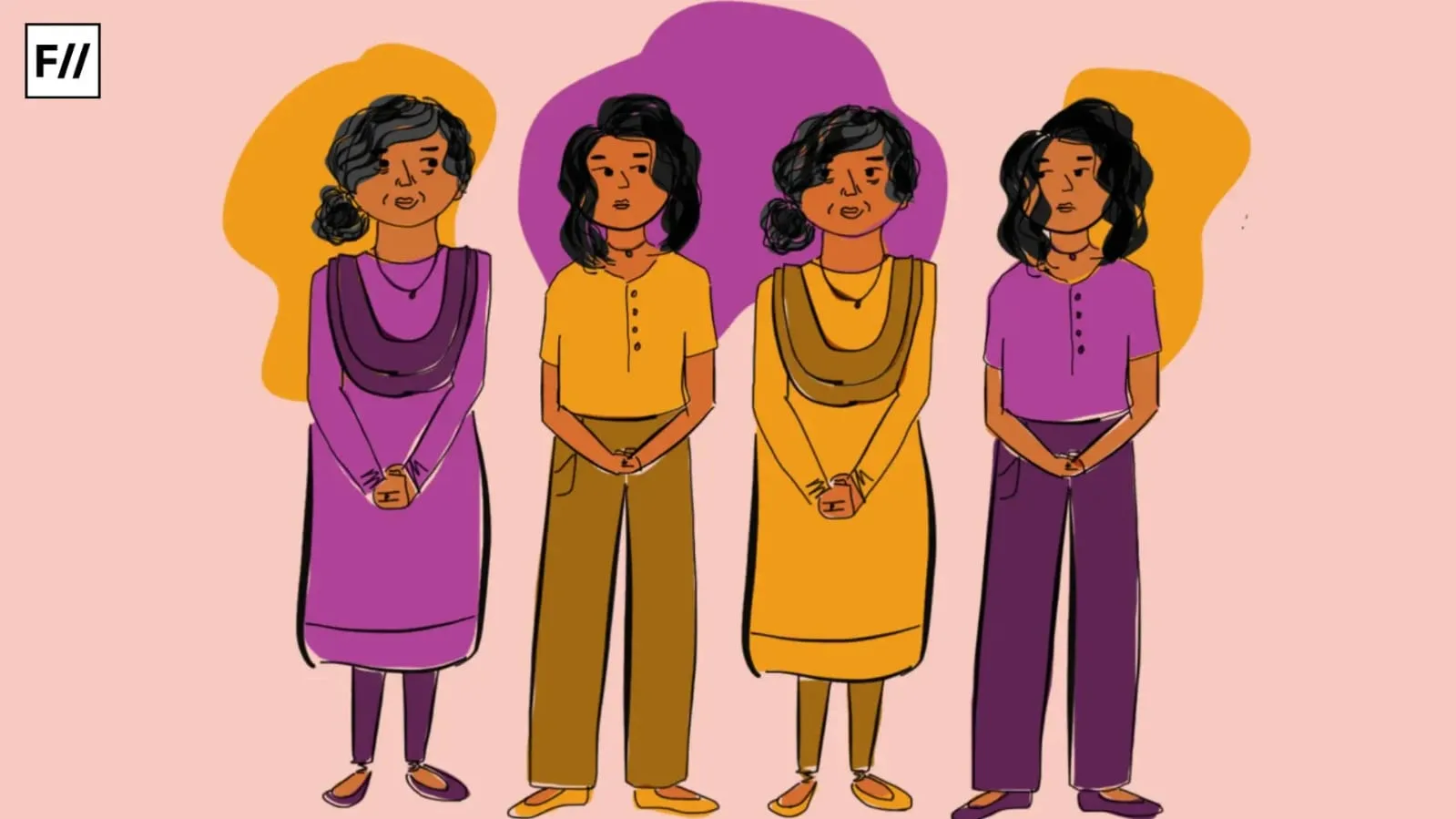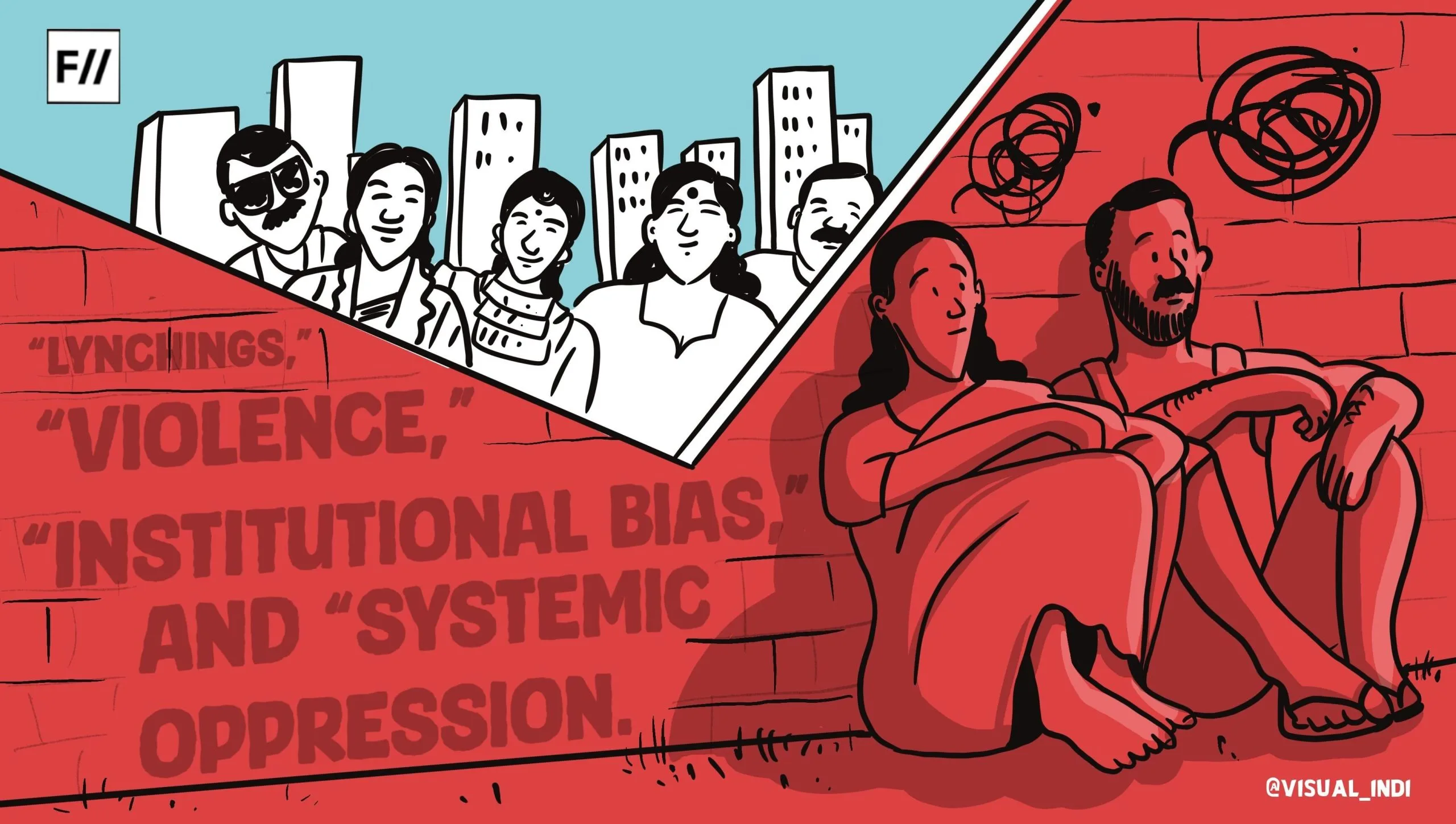Caste-based movements in India have been pivotal in the evolution of the social, political, and cultural map of modern India. Such movements, which originated due to the prejudices from the caste system towards lowered castes, have aimed at empowering the latter to fight against domination by upper castes.
1. The Dravidian Movement: A quest for self-respect and empowerment
The Dravidian movement, mostly operating in Tamil Nadu, arose in the beginning of the 20th century and urged for postponement of the Brahminical political hegemony in the southern part of India. Led by Periyar E.V. Ramasamy, this movement sought to achieve non-Brahmin self-respect and to eliminate social discrimination. Of inducing rationality, Periyar’s political thinking held atheism as its key tenets and equality for the Dalits against the Brahmin squabbles. Historians state that more of what Periyar did was to mobilise processions and establish political parties that sought to dismantle social order and demand educational changes to empower the downtrodden.
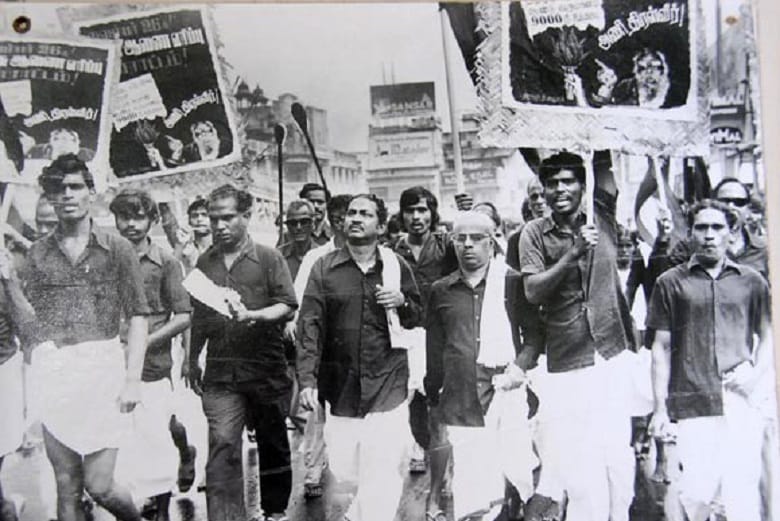
A key player in this process of formation of a unique identity orientated toward resistance to the North Indian dominant civilisation was the Dravidian movement. What it aimed to do was to break from conventional social structures—the caste system—and give people their rights as equal citizens of the country. The motive of this kind of movement had a ripple effect on the rest of India, where similar movements were realised with a primary goal of advocating for social justice for the needy in society. This movement is present in the current Tamil Nadu politics through parties that are genuinely inspired by the Dravidian movement.
2. The Dalit Movement: Fighting for rights and dignity
Ambedkar was completely against untouchability and worked for the justice of Dalit’s. He also played seminal roles in the articulation of the Indian Constitution, which gives provision for affirmative action for Scheduled Castes and legal safeguards. The Dalit movement wave was to gain equal social status for them or the suppressed and to look forward to a political reservation for Dalits.
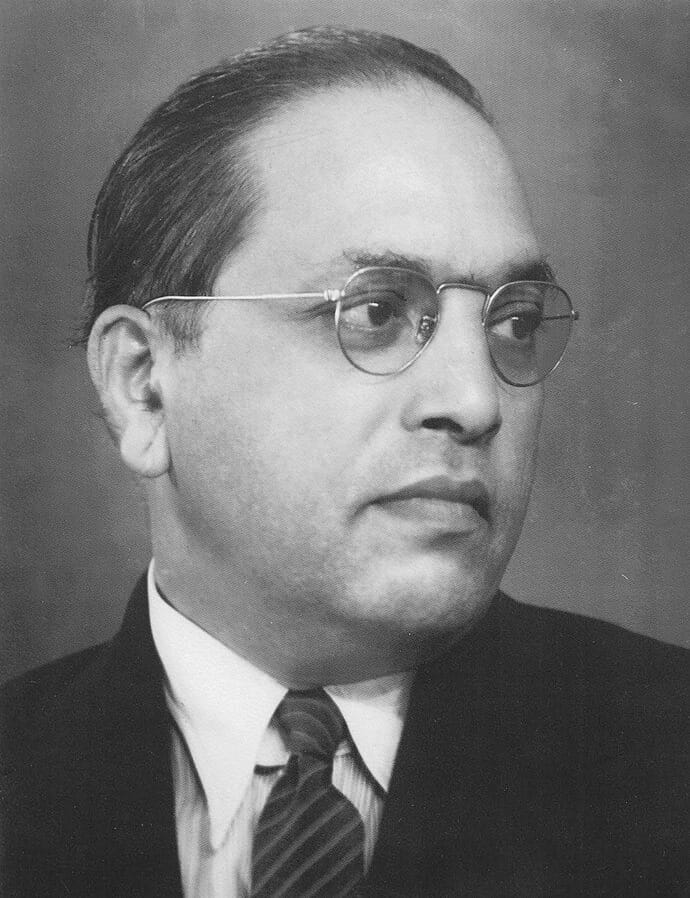
The civil rights and the fight against discrimination, in particular the caste system, were embodied by Ambedkar during the Mahad Satyagraha in 1927, where the latter demanded the Dalits use the public tanks of water. His now infamous act of publicly burning the Manusmriti, a text that helped codify caste oppression, was a rejection of tradition. The Dalit movement has gradually expanded from the protection of its people’s civil rights to education, employment, and self-respect.
3. Jyotirao Phule and Satya Shodhak Samaj: Challenging caste oppression
There were only a handful of organisations strictly against the caste system in the nineteenth century; however, notable among them were the Satya Shodhak Samaj, established by Jyotirao Phule in 1873. The principal idea of Phule’s work was such a social change that would help the lowered castes and women free themselves and rise from the degraded state society had assigned to them. He condemned the caste system as a domination technique employed by dominant castes.
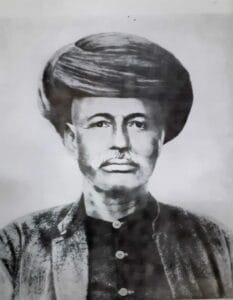
The work done by Phule encouraged future socio-political movements for change. His belief in the power of education to change the status quo and make the girl child and the lowered castes go to school was the most influential step toward empowerment and equality. The Satya Shodhak Samaj wasn’t only against caste oppression but was also promoting women’s rights, thus making it a path-breaking organisation in the Indian social-political domain. Today, ideas of Phule are close to many modern movements calling for equality and justice in different layers of society.
4. The Self-Respect Movement: Redefining identity
The Self-Respect Movement that started in 1925 by Periyar E.V. Ramasamy wanted to fill the non-Brahmin communities with pride while toppling the caste system. This movement aimed at helping people become emancipated through knowledge and personal enfranchisement and steer them away from practices that reinforced subjugation of women. Periyar opposed splitting between the religious and the secular and fought against the caste system and inequality between the genders.

The self-respect movement was important in arousing the lowered castes’ rebellion against domination by the Brahmin caste. It created self-identification among those who had been discriminated against for ages. It led generations to seek self-respect as a principle of right and to challenge the norms and prejudice that are still dominant today due to the impact of the Periyar movement all across the social justice movements being carried out in India at present.
5. The Temple Entry Movement: Access and equality
The Temple Entry Movement became an important social reform process against limited facilities of entry to temples for Dalits and other subjugated. This rose during the early twentieth century, when leaders like Ambedkar organised movements seeking entry rights into temples prohibited for untouchables. One such movement where Ambedkar himself took thousands of Dalits to end the insults was the Mahad Satyagraha, wherein they marched to take water from a public tank.

This was not the only positive step of the Temple Entry Movement but also concerned with the social reform where core social evil like the caste system was prominently defied. It was followed by several remarkable episodes when Dalits got into the temples across India, proving their inability to win against oppressive systems. They tried to establish that this movement indeed effectively brought awareness about caste discrimination with Hindus themselves.
6. The Justice Movement: Political mobilisation against caste discrimination
The Justice Movement, especially active in the state of Kerala in the last part of the nineteenth century, aimed at resolving social problems through political struggles against ertwhile untouchability. This movement was defined for its call for women’s rights and incorporation into the political system. For example, it had leaders such as Sree Narayana Guru who supported the integrated formation of all sorts of castes and deprived the upper castes of their powers.
The Justice Movement held an educational and liberal approach that empowered the people and passed legislation aimed at eradicating discriminatory measures inherent in society. It was significant in helping build the political awareness of excluded groups who were equally locked out of political processes. This move to fight for justice through politics offered the base for other struggles that sought social justice across India.
Thus, these six caste-based movements have influenced Indian society highly and have given the message of equality and justice. They represent the fight against structural racism, which has been horizontal throughout history. While today’s India debates about caste, considering them as backward, these movements or struggles act as a continuous fight for self-respect and emancipation of suppressed ertwhile untouchables. After the independence, leaders like Ambedkar, Phule, and Periyar, followed by other leaders, still triggered new generations of social reformers to bring justice for today’s Indian society, which shows we have come a long way but are still exploring and figuring out how to eliminate caste system injustice.
This is by no means an exhaustive or representative list. Suggestions to add to this listicle are welcome in the comments section.
About the author(s)
Ainee Ilyas is a writer and researcher with a strong foundation in law and human rights, specializing in the intersections of gender, social justice, and public policy. Passionate about feminist thought, her work amplifies marginalized voices and challenges conventional narratives. With experience in editorial writing, policy analysis, and rights-based research.
